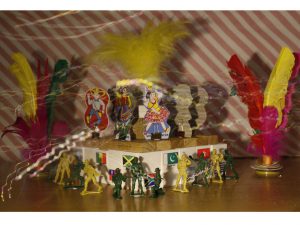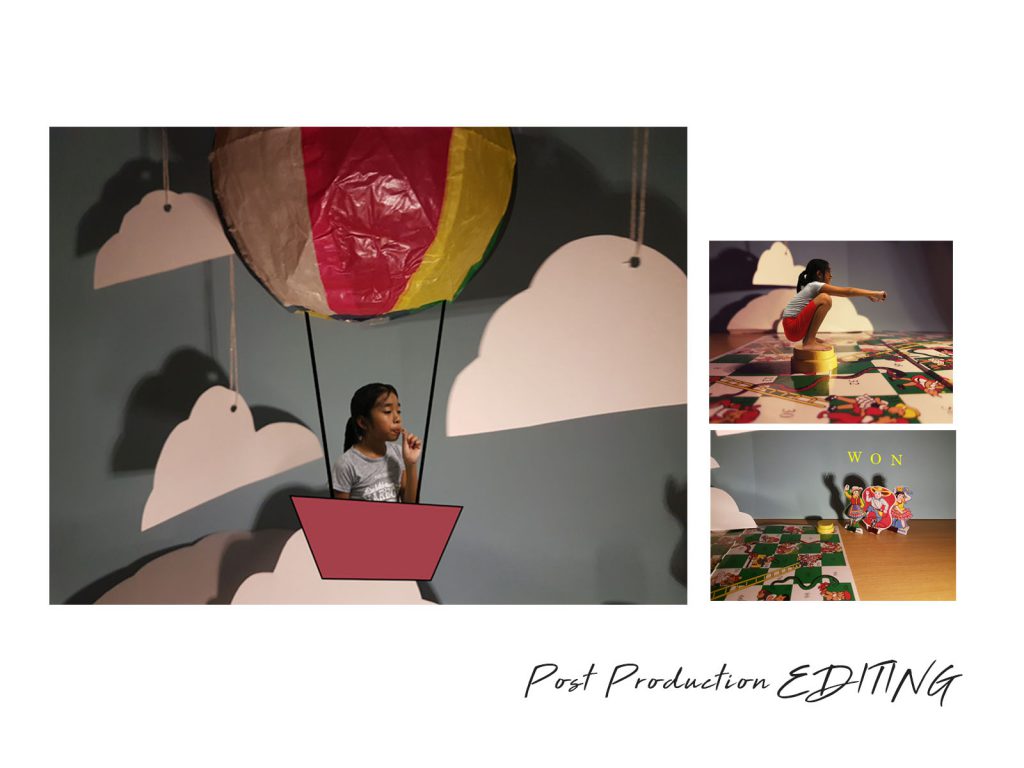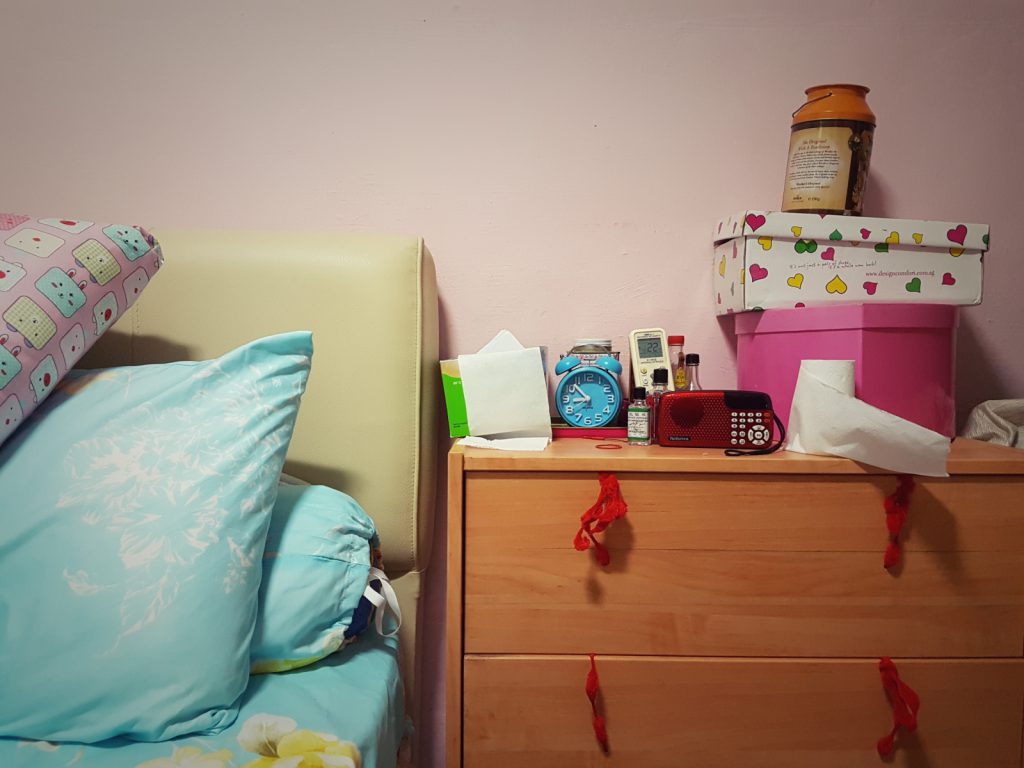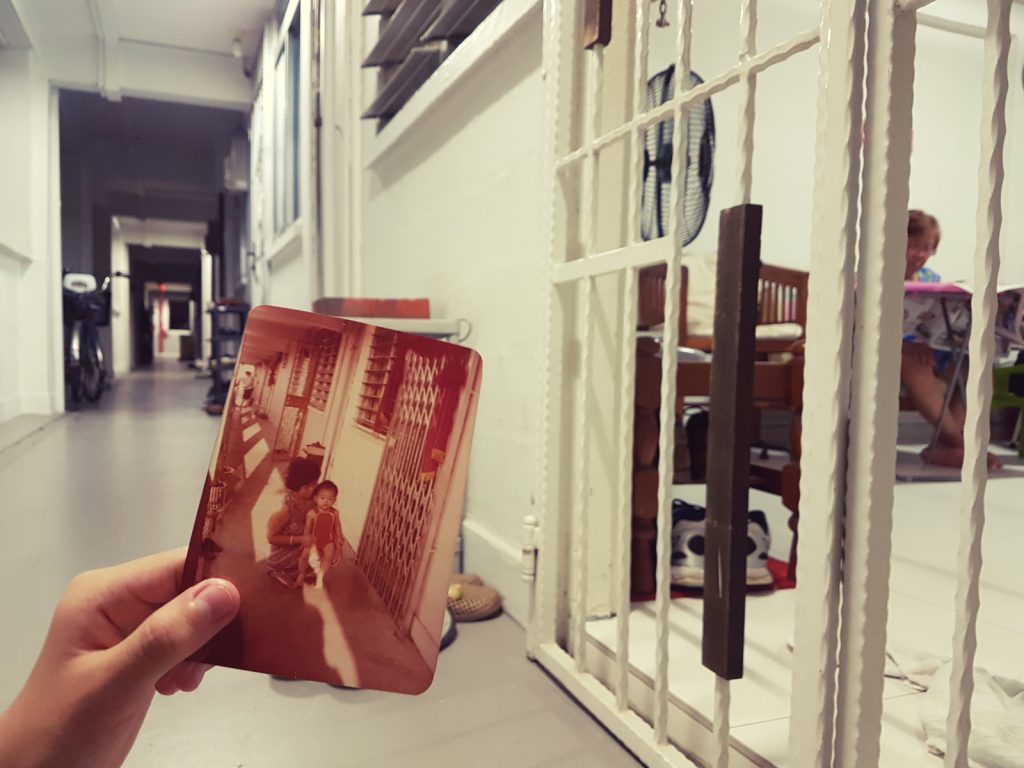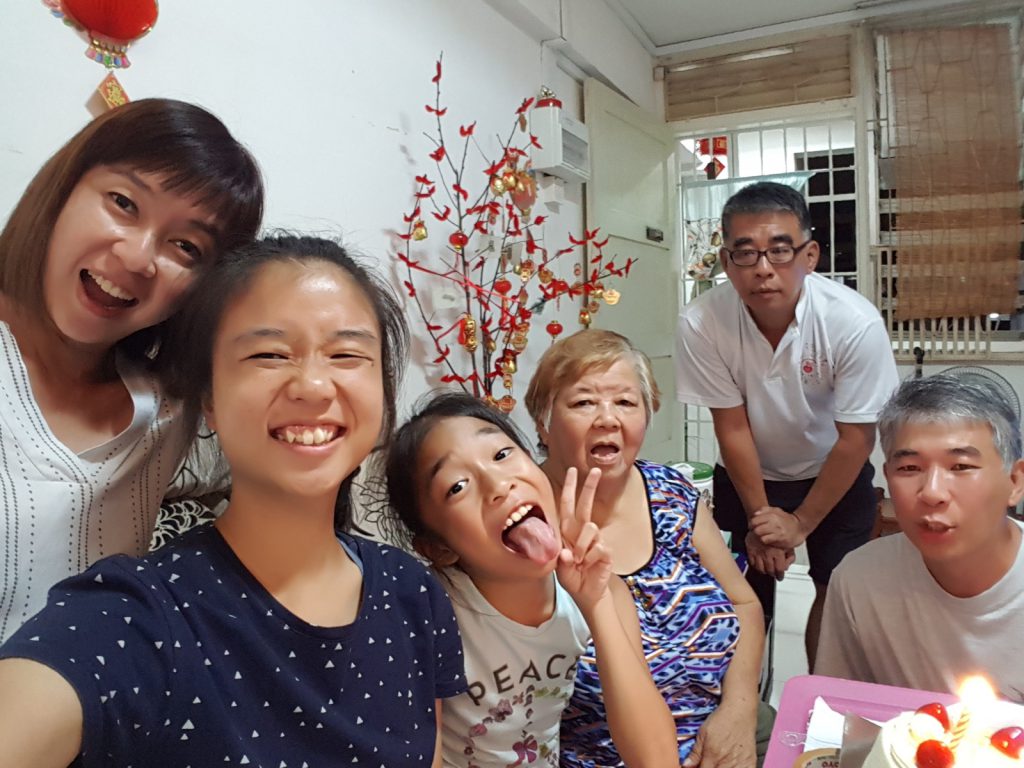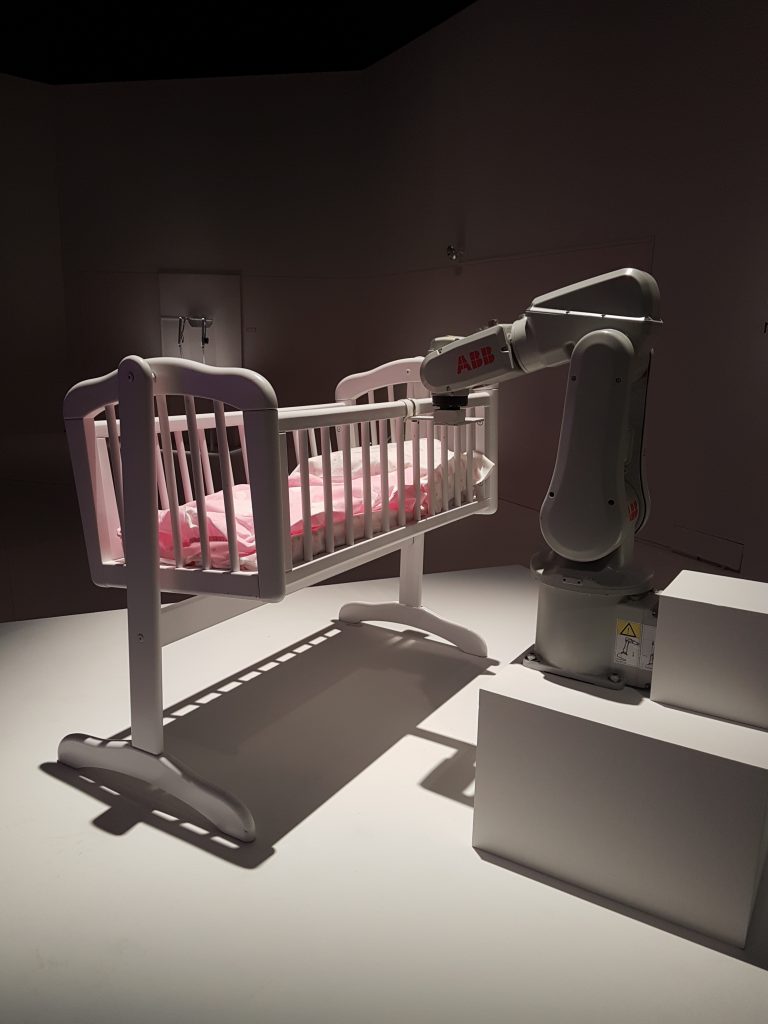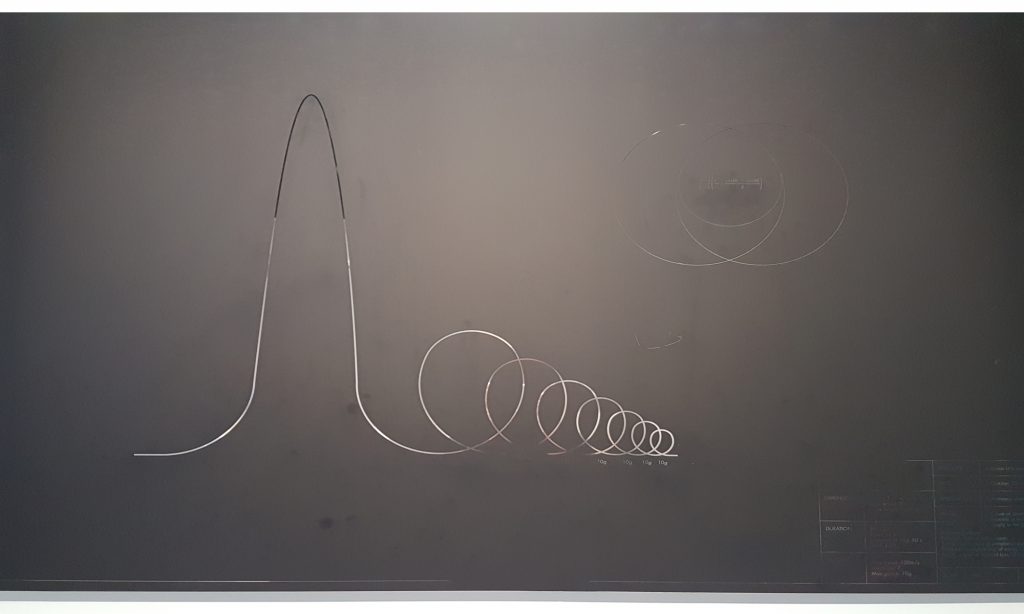Brainstorming
Our group started this project through brainstorming possible locations in school where we could create a narrative/ message from. Not too sure how we eventually settled with the toilet, but we felt that the toilet is a public space that people often reveal their personal struggles. The privacy and intimacy that a toilet provides for different people was what we decided to explore as we went along.
Initial Idea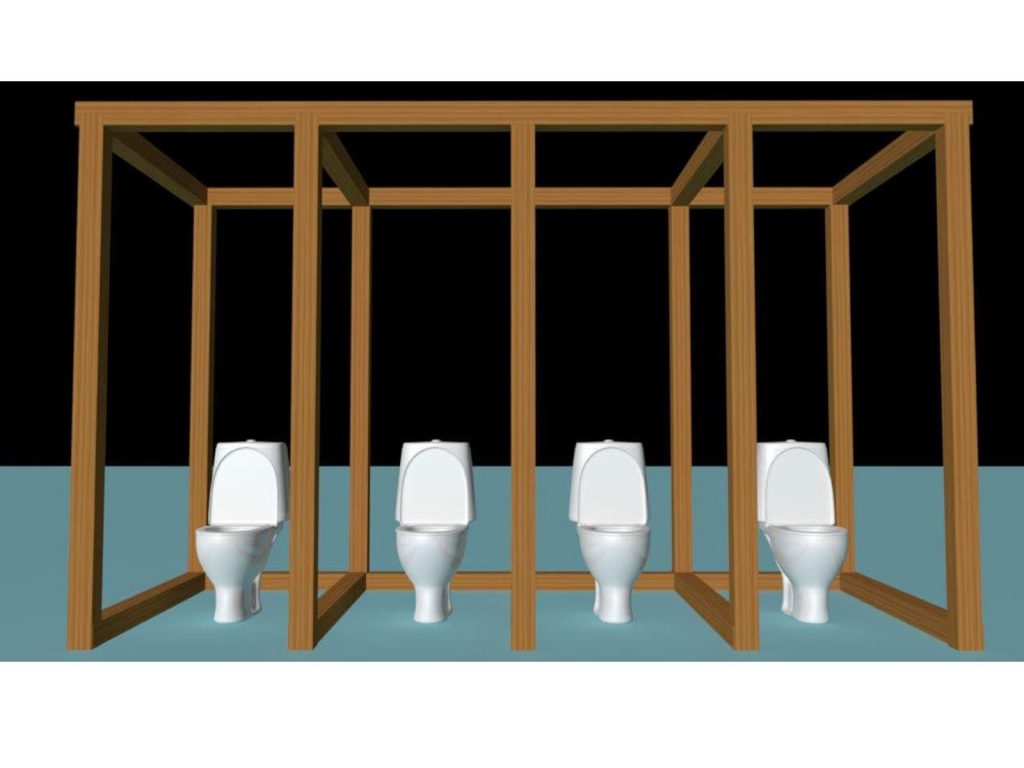
So this was our first draft in terms of set up. It was a point in the development that we were still rather focused on bringing out the idea of bringing a private space to the public space. That explained why we wanted to set up an open wooden frame to give the idea that the participant was stepping into a different space. However, Michael pointed out the redundancy of the framing as well as the importance or priority that our narratives had in this installation. Hence, we needed to think deeper into what exactly do we want to convey and how were we going to achieve that.
Further Development
With that, we decided to find a focus in the narratives we were sharing first. We decided to share a wide variety of stories on mental health issues due to the gravity of the issue and for the (almost) unlimited potential it had within a confined topic.
We decided to do a little more research to keep our set up more grounded to ideas that resonated with mental health issues and hence explains the reasons for our installation below.
Final Outcome (titled UNFOLDING NARRATIVES)
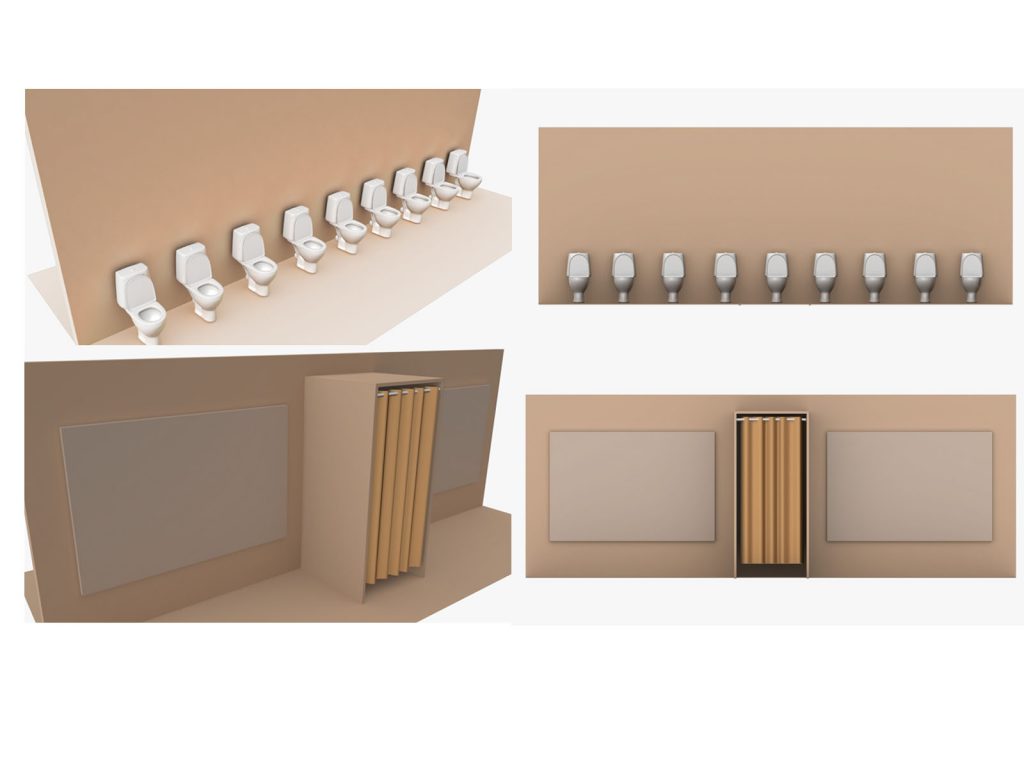
We found out that actually 1 in 10 Singaporeans suffer from mental health problems. Hence, we decided to place 9 toilet bowls to symbolize the 9 pair of listening ears that are available to a single person suffering from mental health.
Since we aimed at encouraging open conversations about mental health, we decided that each toilet bowl will be playing a different mental health problem. This will allow participants to gain more awareness about the variety of problems that mental health entailed. The listening of the recording will be done with headphones attached to the side of the toilet bowl.
Lastly, we wanted to include an element of community involvement where participants could share their personal encounters of struggling with mental fitness or even their interactions with such people. We thought that we needed to create a safer space for people to share their opinions on a rather sensitive topic. Hence we decided that we will provide materials for different forms of expressions, writing, speaking and even drawing.
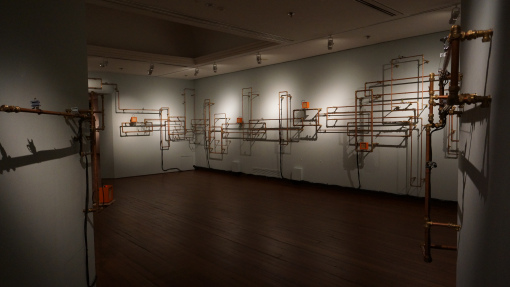



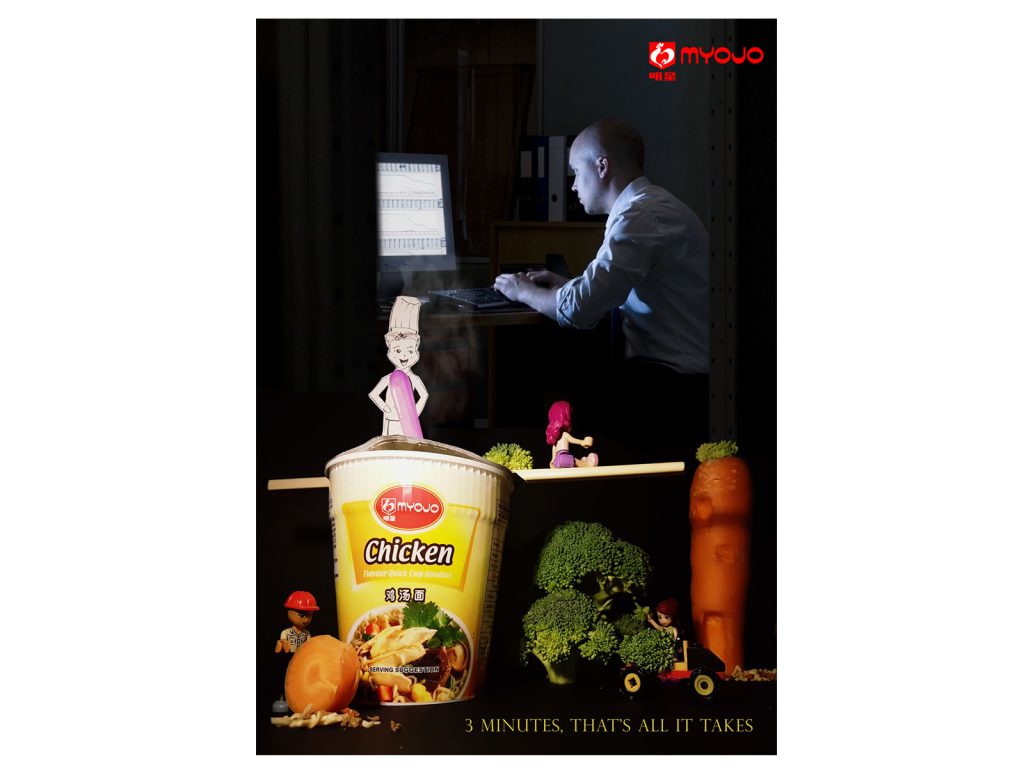
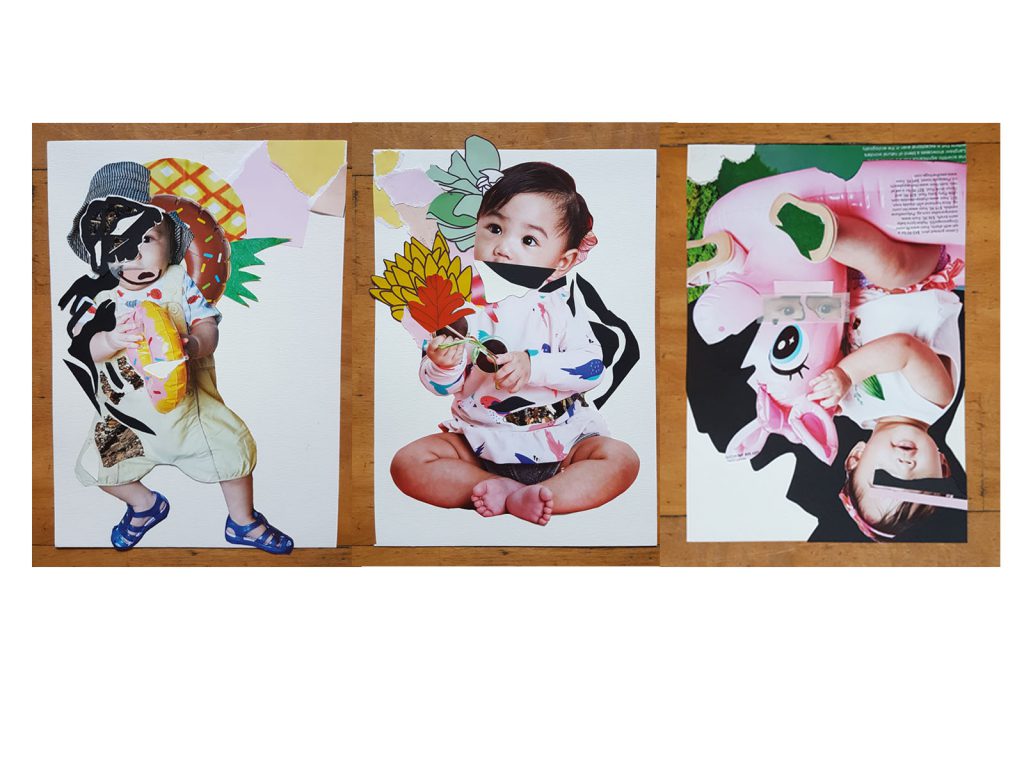
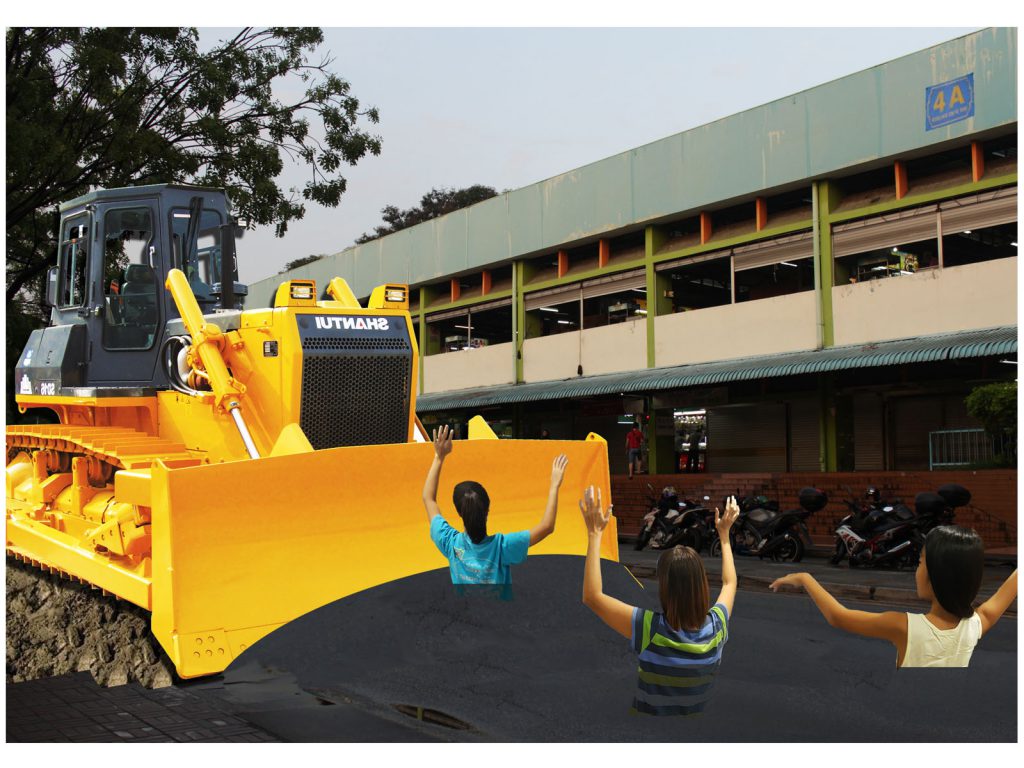
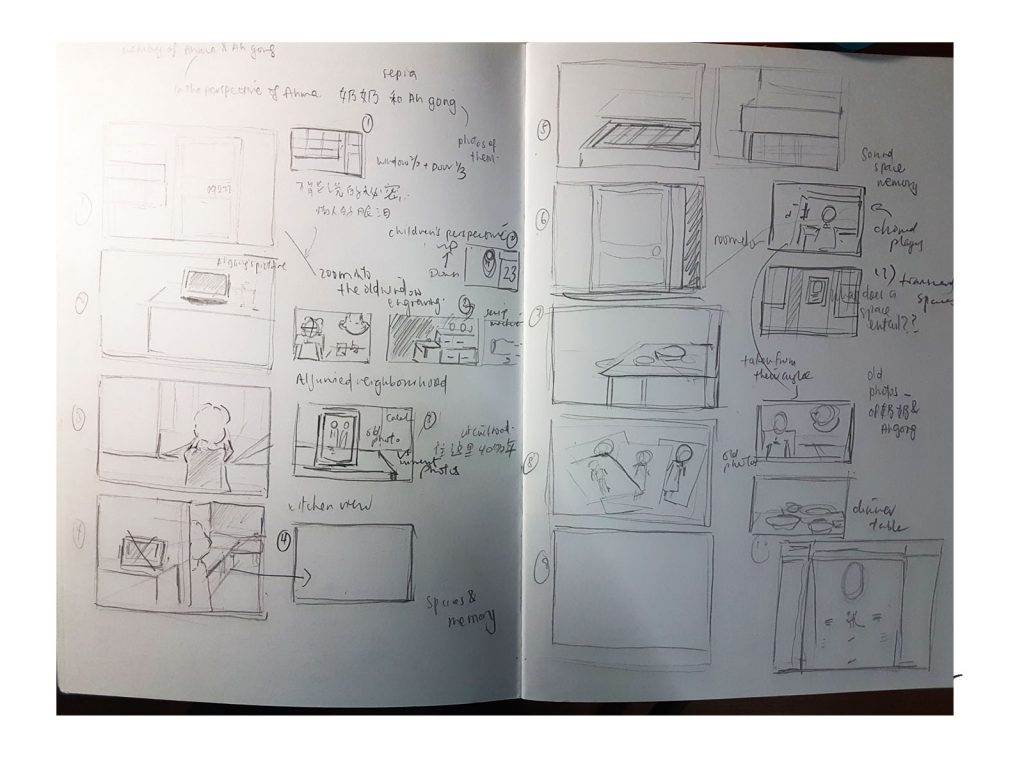 As I explored the idea visually and planned some of the shots I wanted to take, I realised that there was a sense of detachment to this piece of memory. It was almost impossible to shoot and record the series through the eyes of my grandma. Hence, it prompted me to tweak the direction a little, of which it is the love story between my grandma and I.
As I explored the idea visually and planned some of the shots I wanted to take, I realised that there was a sense of detachment to this piece of memory. It was almost impossible to shoot and record the series through the eyes of my grandma. Hence, it prompted me to tweak the direction a little, of which it is the love story between my grandma and I.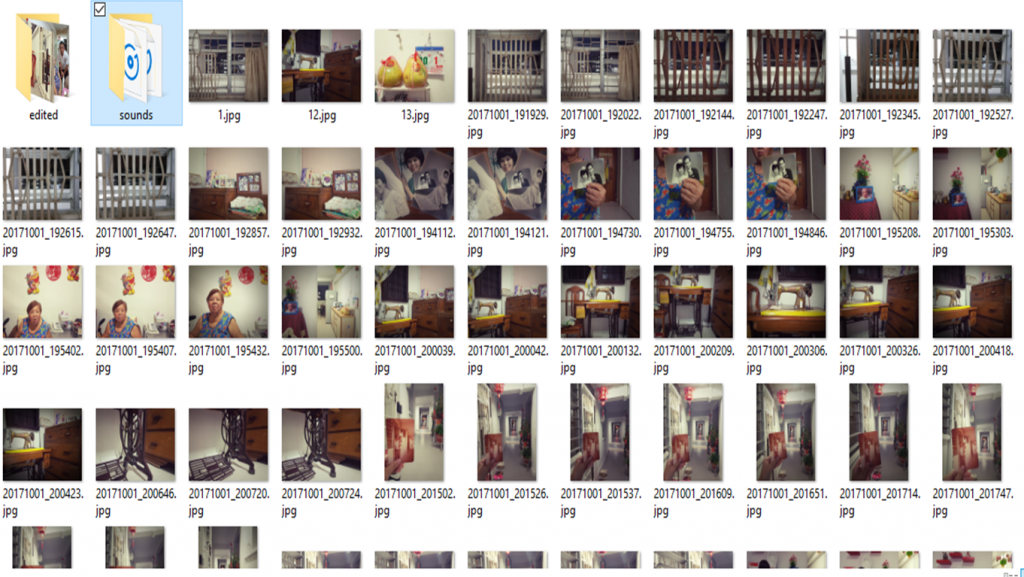
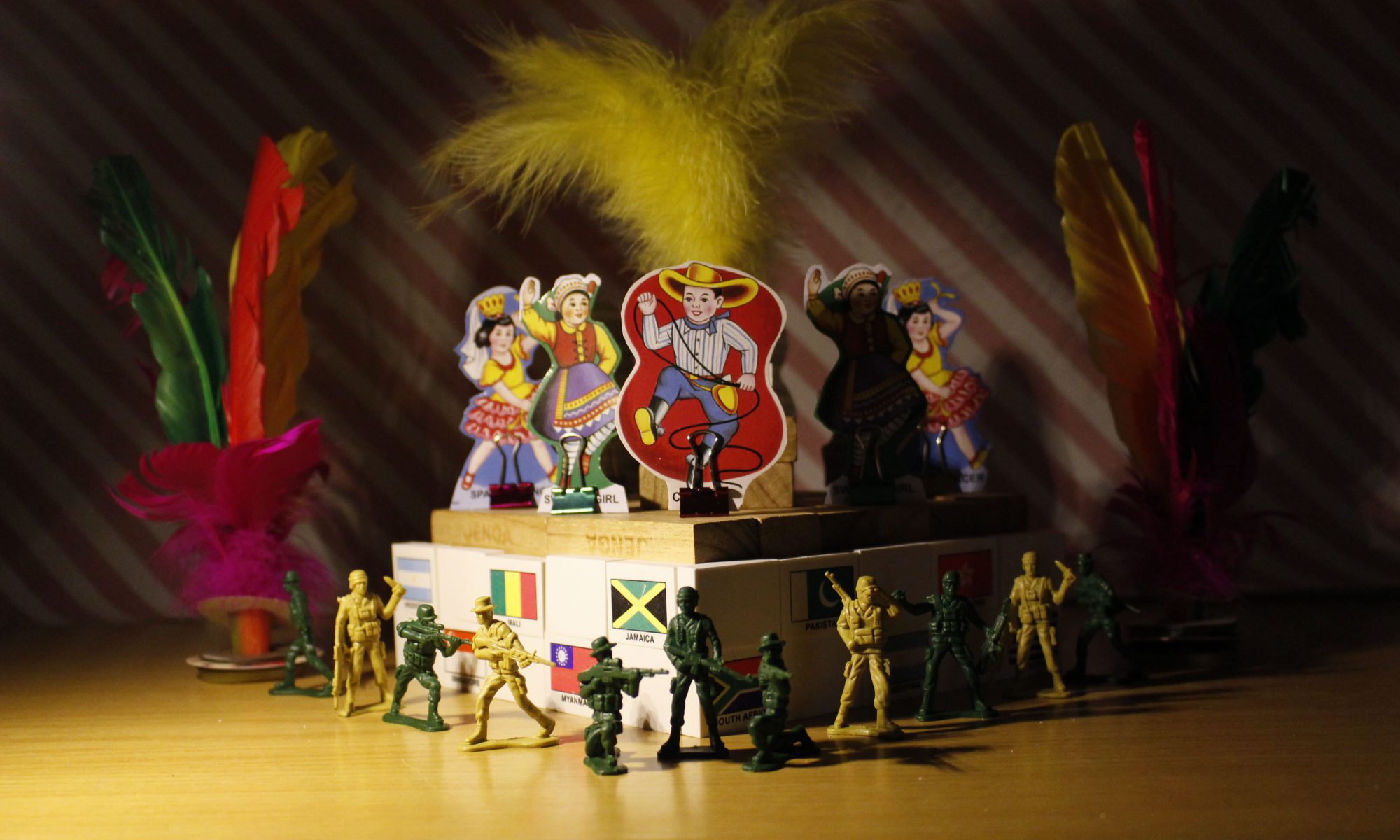
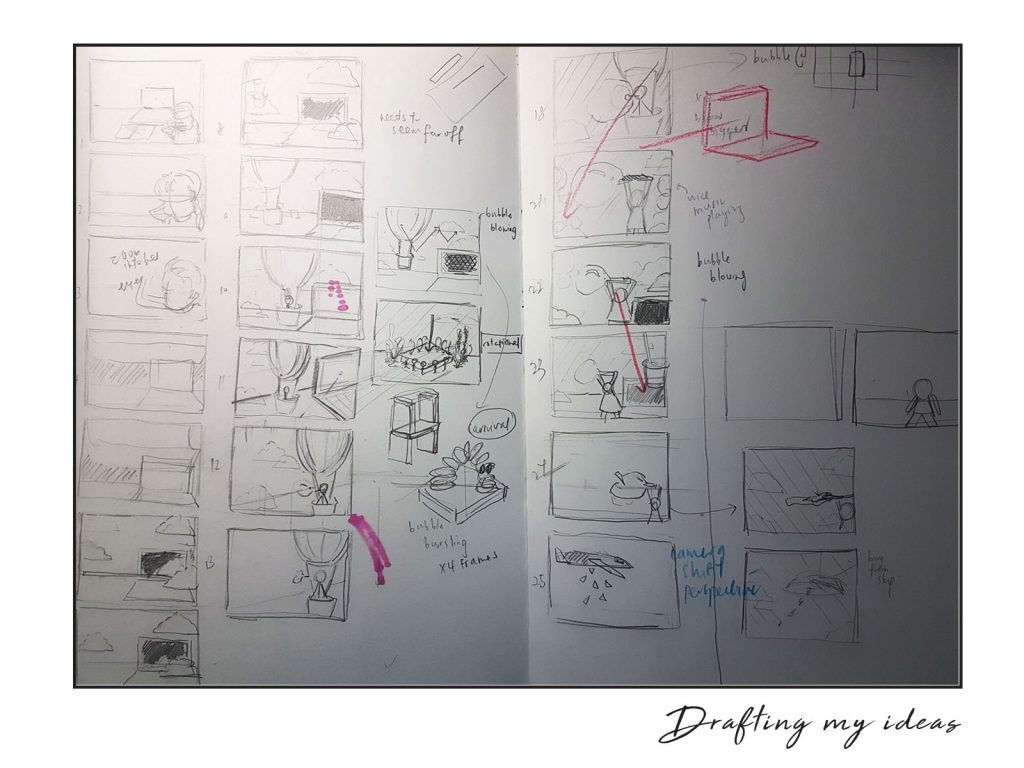
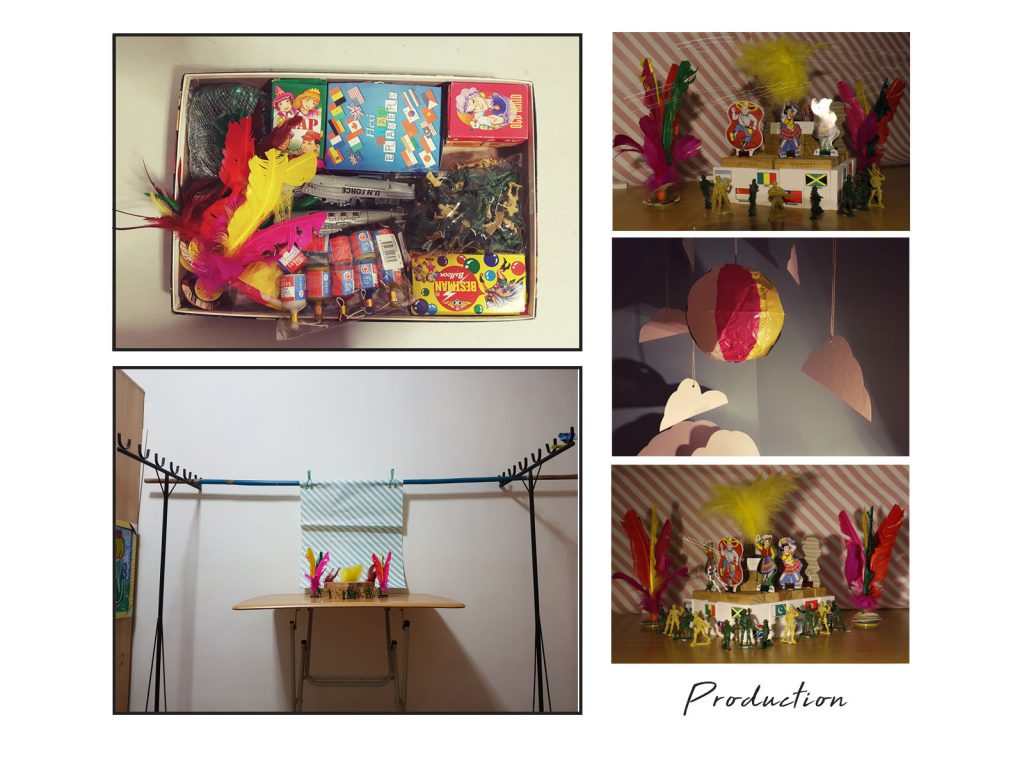 I went on a shopping spree for old Singapore toys and even set up the stage for shooting in my room. This was probably the best part of the project where I get to play and craft out the scene for the shoot. The toys where arranged in a way that the overall composition was balanced and pleasing to the eye. Even the wrapping paper at the back was chosen for the “vintage” vibes that it gave off.
I went on a shopping spree for old Singapore toys and even set up the stage for shooting in my room. This was probably the best part of the project where I get to play and craft out the scene for the shoot. The toys where arranged in a way that the overall composition was balanced and pleasing to the eye. Even the wrapping paper at the back was chosen for the “vintage” vibes that it gave off. 